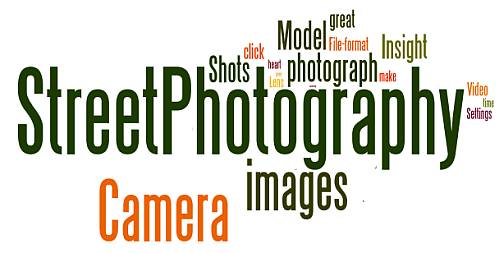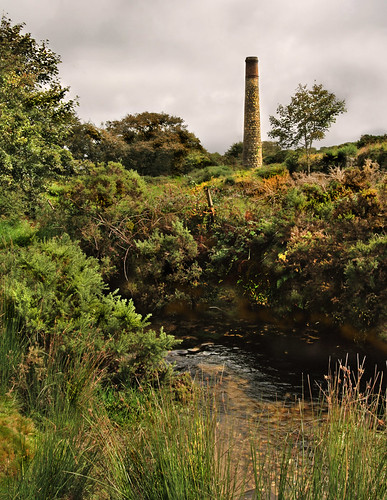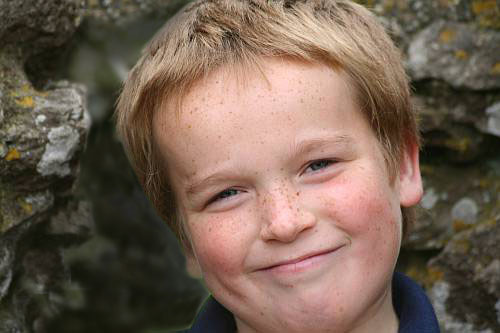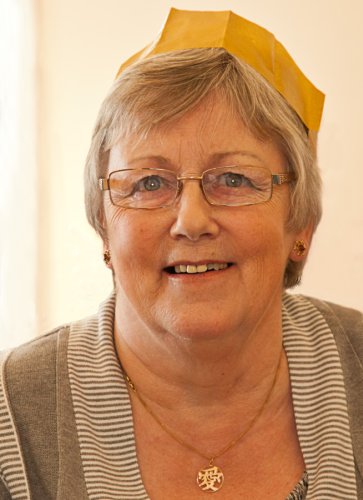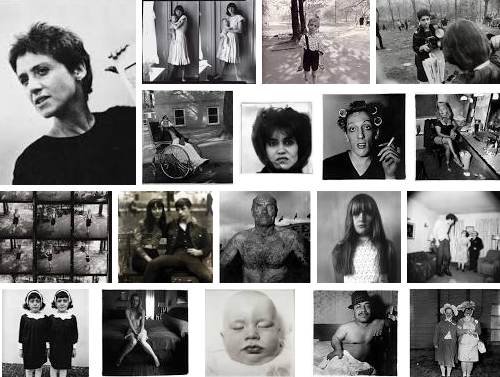
• Green Girls •
Click image to view large
• Green Girls • By Netkonnexion on Flickr ![]()
Street photography is not as chaotic as you imagine.
Most people behave in predictable ways in public. Understanding the general “laws” of street photography can really help you get the shots you want and capture the most interesting characters. Here are three ways that you can get ahead as a street photographer.
Outrageous people
When people are out and about enjoying themselves, especially in groups, they love to be photographed. The more outrageous they are presenting themselves, the more they love to be in the frame. They have made the effort to be “stand-outs” and so they are! More to the point they love to have photos taken because it shows they are the centre of attention. Groups like the green girls above just love to show off. And, don’t we love it too! So, for a bit of carnival fun, our first law is…
The photographers law of street stand-outs: The more outrageously dressed someone is, the easier it is to get a street photograph.
Hiding in plain sight
Be obvious, better still, be official looking. Nobody will question you taking photos. At lunchtimes I used to go out taking street shots. I wore a suit, had a tripod, and a Canon 5D. Sometimes I even wore a fluorescent jacket. I would put my tripod up in the middle of the pedestrian precinct and take photos of anything I wanted – nobody asked questions.
When hiding in plain sight, never look at someone directly. There are three little tricks to this:
- When you are looking through the camera people cannot tell what you are looking at. If you use a wide angle lens you get a general view. Keep the camera pointing in the general direction of interest. You don’t even need to have the lens pointing directly at individuals. As people walk in and out of view you can snap them and they never know you are doing it.
- Spend a long time looking through the lens – poised. People will walk in and out of the field of view and never guess you are watching them. All the while you are snapping away. Crop them into position later. With a wide angle shot you have plenty of scope to change the composition on-screen later.
- If you are doing some spotting, not looking through the camera, make a big effort to “look past” people. Make it look like they are just in the way. People soon lose interest. Bingo – you have the shot and they are none the wiser.
So, for our every day photography in the high street our second law is:
The photographers law of sticking out like a sore thumb: If the photographer is obvious, the subject will be oblivious!
Candid or “can, but didn’t”?
The candid shot is a part of the business of being out on the street. However, not every shot has to be a candid. Interacting with people, getting in close and watching them pose, work or play is also a part of the scene. You probably think it’s difficult to stroll up to strangers and ask to invade their privacy with a camera. Its not as difficult as you imagine. Most people are pretty flexible. If you show an interest in them, generally they like to show cooperation. The problem is with the photographer. I have heard photographers say, “yeah, I could of spoken to them, but I couldn’t be bothered”. What they really mean is: “I would love to have chatted with them and got some shots, but I was worried about rejection”.
Here is some news. It is not as bad as you think. If you do get rejected just walk away. Try someone else. Actually, rejection does not happen very often. Most of the characters you want to photograph are quite pleased to be involved. Be polite, chatty, fun, complementary and respectful and most of the time you will get what you want. Pick your subjects for their character, presence and interest and you will probably find that they are pleased to share with you. Get in close and personal, be enthusiastic and involved. You will be a part of the behaviour, and a part of their lives. If they want copies, send them some. Then you have given them something in return for their posing. This is the third law:
The street photographers law of proactive interaction: If you don’t ask you won’t get!
If you want to be a street photog…
You have to develop and practice a number of strategies. Street photography is a fast and fun activity. Sometimes the direct action approach works best. Other times the candid approach works. However you choose to do it you will find it’s not that difficult. Actually the most difficult thing is starting… and only you can sort that out.
 Photokonnexion tips by email
Photokonnexion tips by emailIf you enjoyed this article please sign up for our
daily email service.
Find out more…
Photokonnexion Photographic Glossary – Definitions and articles.
Street Photography Resources on Photokonnexion





